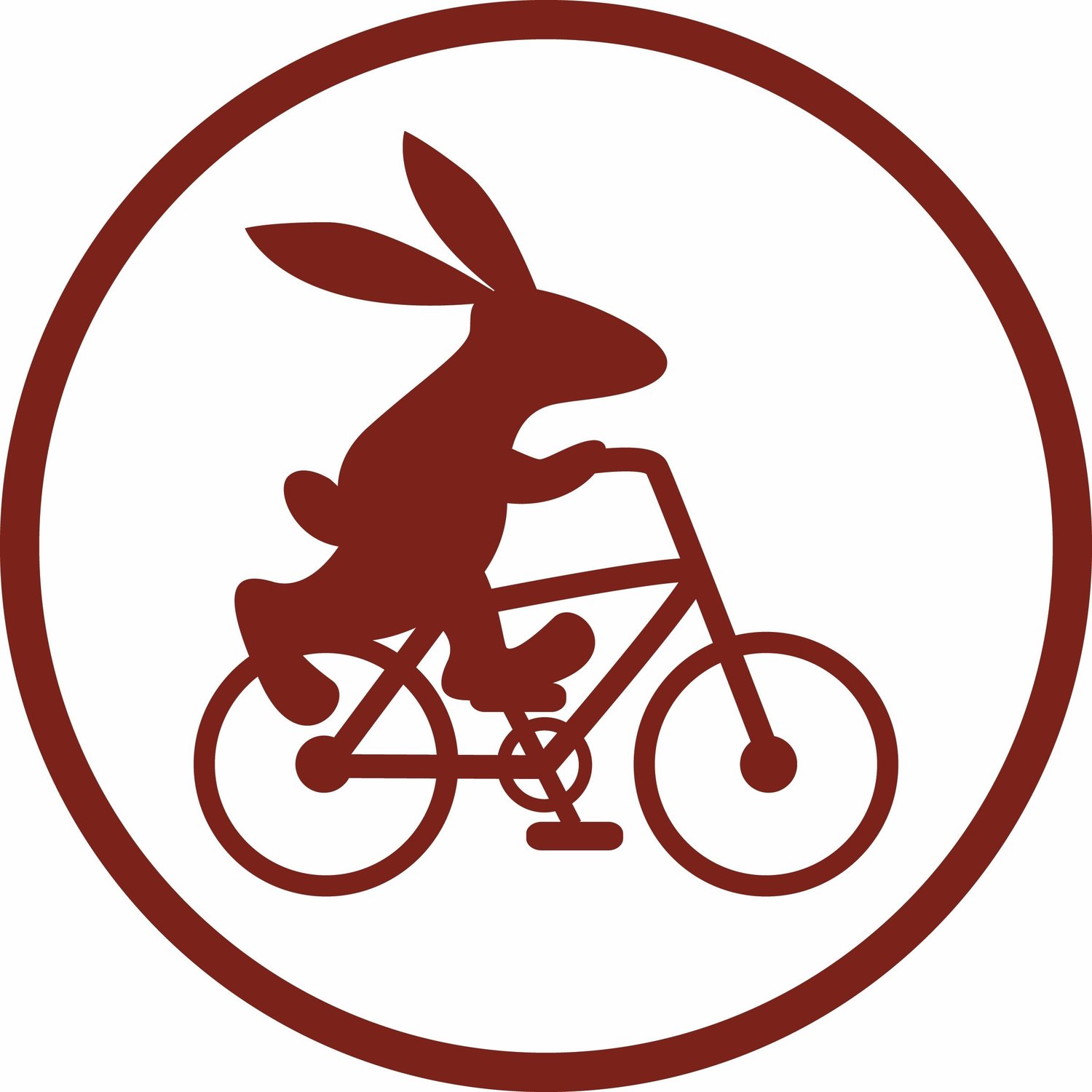We’ve all got to start somewhere, right? Edison didn’t build the incandescent light bulb in a day nor did Greg LeMond become the first non-European to win the Tour de France overnight. They - along with everyone else in the world with a dream, passion or hobby - overcame obstacles or failed numerous times before achieving what they wanted to achieve.
Every cyclist out there - from career champions to joy riders - started out as a beginner; learning the ins and outs just like you’re about to do. Whatever your reason for getting into cycling is, we welcome you to the community and we want to help you get started. Check out our tips for cycling beginners that will help ease you into your new cycling lifestyle smoothly.
PICK THE RIGHT STYLE OF BIKE FOR YOU
First things first: what type of riding do you want to be doing? Before you go purchase a new bike and all the goods that come with it, determine which bike will best suit your cycling lifestyle:
Road Bike: light-weight bikes meant for speed along paved surfaces. Ideal riding for recreation and fitness.
Mountain Bike: heavy bikes meant to be ridden off-road for more adventurous riding on varied terrain. These are what you want if you’re looking to climb steep terrain or ride along rugged trails.
Touring Bike: stable bikes meant to travel long distances and carry heavy loads. Great if you’re planning to carry packs of extra clothing or gear.
Hybrid Bike: light-weight bikes made of combined characteristics from road, touring and mountain bikes meant for short distances. Perfect for commuting to work, exploring your city or taking a leisurely ride.
Cyclocross Bike: relatively light-weight bikes meant to handle a variety of surface types such as pavement, dirt, gravel, and grass. A perfect fit for riding at performance and competition levels.
Commuter Bike: sturdy bikes made for urban environments. As in the name, these bikes are ideal for everyday commuters.
Cruiser Bike: comfortable bikes with old-fashioned looks seen cruising around beaches and other flat terrains. If you’re looking to take a cruise on a stylish ride, this one’s for you.
Electric-Assist Bike: these heavier bikes feature battery-powered motors that help make commutes, long distances and steep climbs a tad easier. A really nice option for beginners.
MAKE SAFETY A PRIORITY
We can’t express this enough: stay safe. Whether you’re sharing the roads with automobiles or biking on rugged terrain, you must make your safety a priority. When it comes to riding on the road, it’s all about being seen. Wearing bright clothing or gear (helmets, shoes, gloves, etc.) is recommended and equipping your bike with bike light is a definite.
This could probably go unsaid, but we’re going to say it anyways: wear a helmet! If protecting your head and brain aren’t reasons enough, then it’s just another way for you to be seen. Also, know your verbal and nonverbal signals. Nonverbal cues such as stopping, turning left and turning right are crucial to know so motorists can react accordingly. Being able to communicate those same cues verbally whether you’re riding amongst one cyclist or twenty will help prevent collisions from occurring.
KNOW YOUR STATE’S BIKE LAWS
For drivers, it’s all about knowing the rules of the road to survive. Same goes for cyclists and if you didn’t know, those rules vary by state. These laws cover everything from it being mandatory to ride in a bike lane if it’s provided to if no bike lane, which side of the lane to ride closest to to the number of cyclists allowed to ride side-by-side.
It’s also good to know the bike laws in place for motorists. Be sure to know the distance a vehicle should keep from you and also know that it’s not okay for a driver to yell at or harass you. Not only is that just plain rude, it’s literally against the law.
FIND A RIDING BUDDY OR GROUP
As they say, there’s safety in numbers. Not only is riding with another good for the company, but also in case of an emergency. If you crash or need a hand with bike maintenance, having someone there to lend their assistance can go a long way.
It can also be incredibly motivating riding with a friend or with a group. You’ll have people there to help push you to reach your goals and hold you accountable for sticking with your scheduled ride times.
PREP BEFORE YOU RIDE OUT
You never know what might happen or where you’ll end up out on your ride, so make sure you’re prepared. Always bring money, a form of I.D. and your phone. Most cycling jerseys have pockets built-in for this purpose. If you require more space, there are various bike bags or pouches you can purchase that attach to certain areas on your bike.
Again, welcome to the community! We’re happy to have you with us and hope you enjoy cycling as much as we do. If you have any tips for cycling beginners, share in the comments section below.















